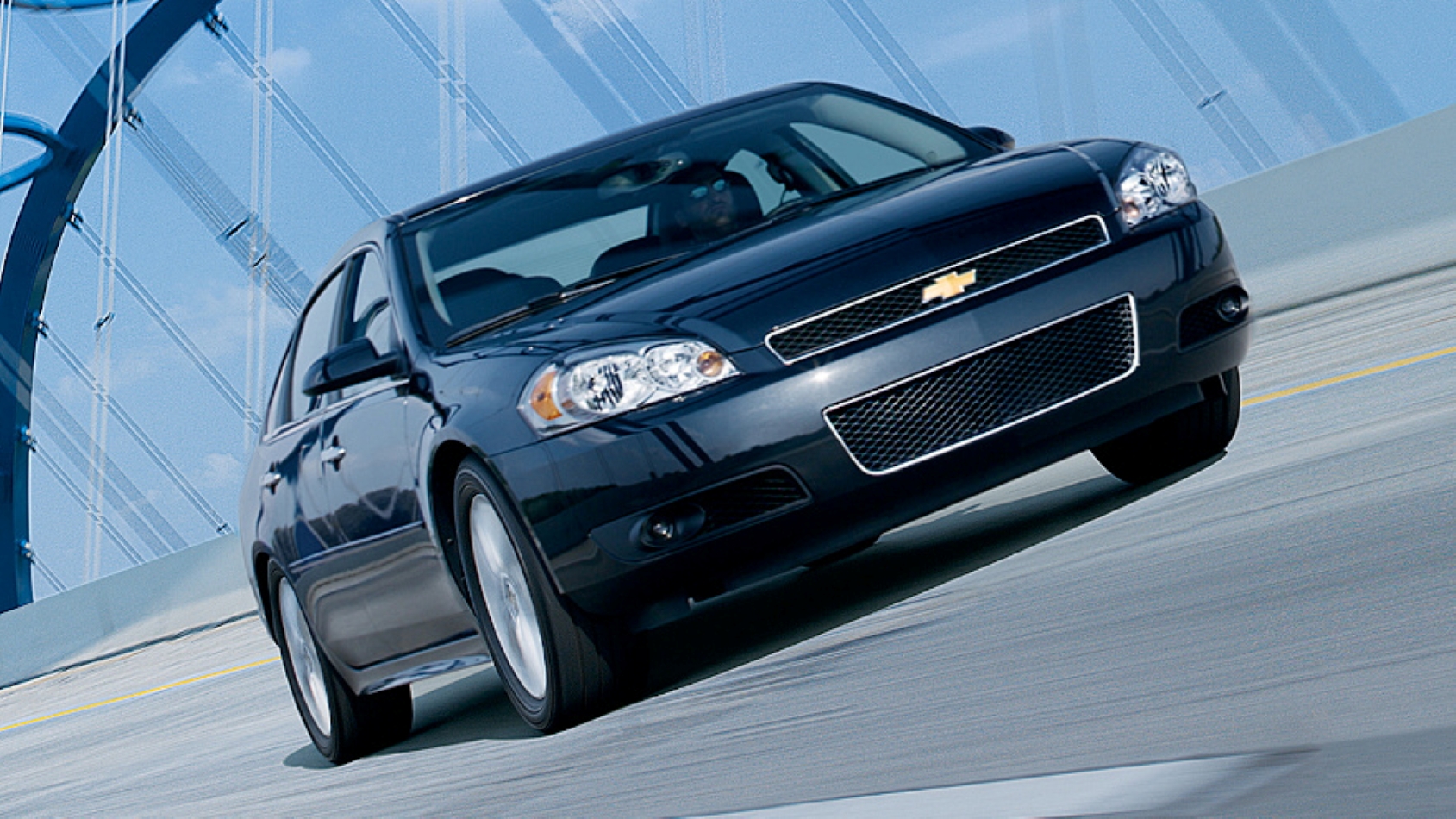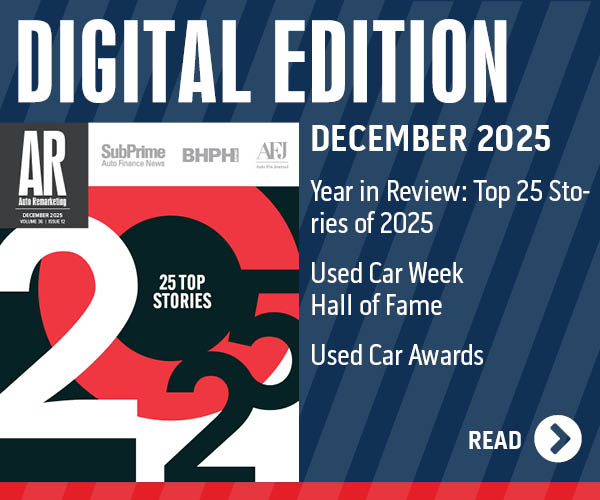Average U.S. vehicle age rises again to a record 12.8 years

If this 2012 Chevy Impala is still on the road, it's now about the average age of vehicles operating in America today. Photo courtesy of Chevrolet.
By subscribing, you agree to receive communications from Auto Remarketing and our partners in accordance with our Privacy Policy. We may share your information with select partners and sponsors who may contact you about their products and services. You may unsubscribe at any time.
Just like the rest of us, American cars keep getting older.
The average age of U.S. light vehicles has set another record, climbing to 12.8 years, according to S&P Global Mobility’s annual analysis.
The average has now risen for eight consecutive years, and the increase of two months from 2024 marks the second consecutive year for a jump of that size, which the report’s author, S&P Global Mobility aftermarket practice lead Todd Campau, said signals “broader changes in consumer purchasing behavior, economic conditions and the durability of modern vehicles.”
The analysis found vehicle registrations surpassed 16 million in 2024, the first time that’s happened since 2019. But that was not enough to offset the growing volume of aging vehicles.
The number of passenger cars dropped below 100 million for the first time since the 1970s, reflecting the continued rise of SUV, which S&P Global Mobility classifies under light trucks. The report said car registrations have made up only about 20% of the market for several years.
The total number of vehicles in operation has grown to 289 million — up by 3 million from last year — but even with increased new-car sales, the steady 4.5% scrappage rate means older vehicles are staying on the road longer, driving the average up.
Subscribe to Auto Remarketing to stay informed and stay ahead.
By subscribing, you agree to receive communications from Auto Remarketing and our partners in accordance with our Privacy Policy. We may share your information with select partners and sponsors who may contact you about their products and services. You may unsubscribe at any time.
S&P’s report showed the average age of passenger cars soared to 14.5 years, while light trucks were at 11.9 years with “very gradual growth.”
“Passenger cars are continuing a steady decline toward equilibrium as consumer preference shifts to light trucks,” Campau said. “The vehicle fleet continues to demonstrate impressive resilience even as it faces stress from high new and used prices and economic uncertainty.”
While those trends have remained consistent recently, the report said the age of battery electric vehicles showed “upward pressure” for the first time in several years as their sales growth slows. The average age for BEVs rose by two months year-over-year to a still low 3.7 years.
Hybrid vehicles, on the other hand, are trending in the opposite direction, with plug-In hybrids staying flat at 4.9 years and traditional hybrids’ average age falling substantially in the past year, from 6.9 to 6.4.
“Consumer preference currently is favoring hybrid and plug-in hybrid options over fully battery electric vehicles to a large extent,” Campau said, “driving average age to flat or even negative for those propulsion types.
“Alternative propulsion average age will continue to depend heavily on consumer sentiment for the next several years as they continue to build overall share in the vehicle fleet.”
In a news release, S&P said the aging of American vehicles represent opportunities for businesses in the aftermarket space for maintenance and repair as they roll off warranty.
The full report is available here.


